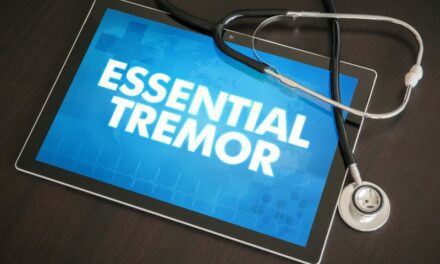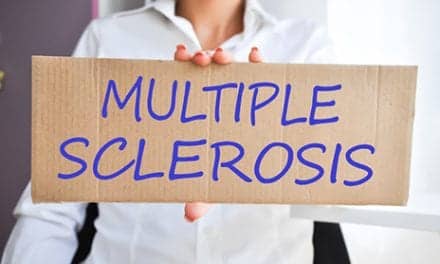SaeboVR, a virtual ADL (activities of daily living) rehabilitation system designed to provide real-life challenges to help neurological patients rehabilitate their upper extremities, has recently received clearance from the US Food and Drug Administration.
Manufactured by medical device company Saebo Inc, SaeboVR features an ADL-focused virtual world that provides patients with real-life situations challenging patients to use their impaired upper limbs to perform, such as picking up, transferring, and manipulating virtual objects. Recreations include making breakfast, taking care of a pet, or planting a virtual garden.
Additional features include a virtual assistant to educate users and provide feedback, as well as the ability to be customized to challenge patients’ endurance, speed, range of motion, coordination, timing, and cognitive demand.
After each session, SaeboVR displays graphical reports, according to a media release from Saebo.
The system was borne from National Institutes of Health-sponsored research demonstrating the efficacy of using virtual ADL to help rehabilitate the upper extremities.
“The release of SaeboVR culminates 5 years of NIH-sponsored R&D and successful clinical trials that have provided a solid body of evidence for the efficacy of simulated ADLs in improving upper extremity motor function in individuals with acquired brain injury,” says Richard Adams, PhD, from Barron Associates Inc, which has partnered with Saebo Inc to create the system.
SaeboVR opens new possibilities for clinicians and patients,” notes Saebo Inc’s co-founder, Henry Hoffman, per the release. “Prior to this break-through technology, motion capture programs were primarily focused on games rather than real-life functional tasks. Although computer-based exercises can be beneficial, often times, therapists report that games are not always appropriate for a certain patient population or lack significance to maintain a client’s motivation and engagement.”
[Source(s): Saebo Inc, PR Newswire]





